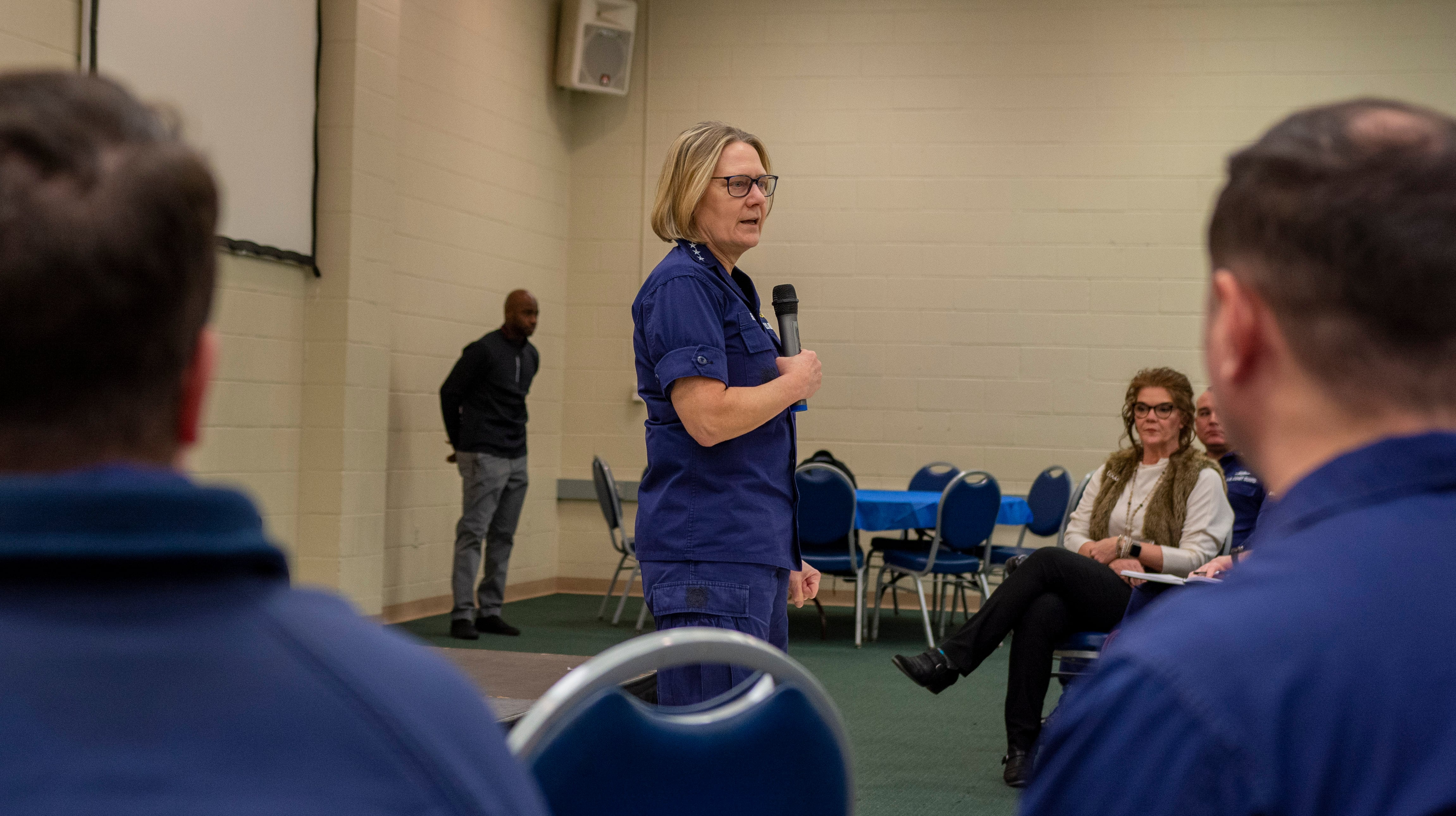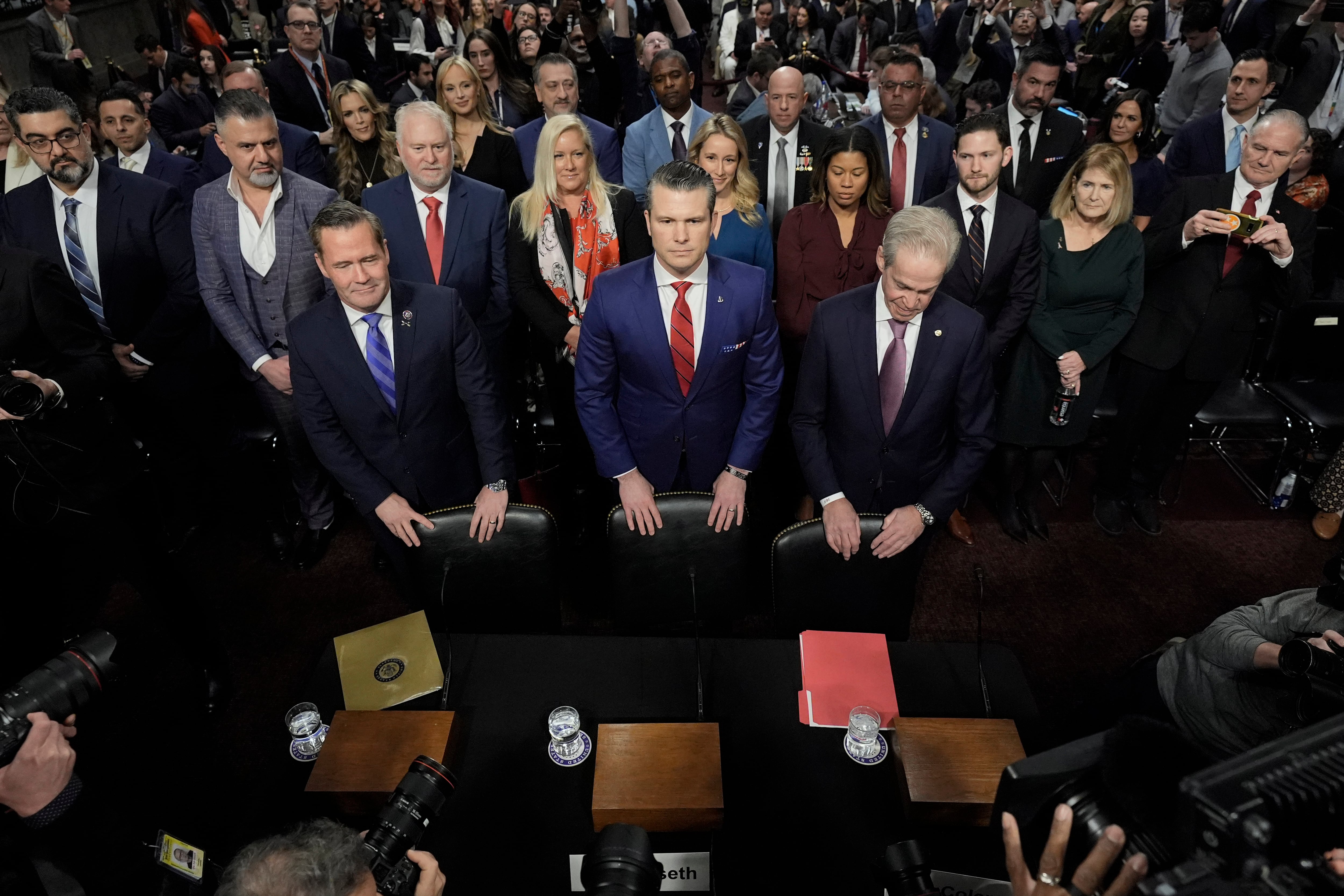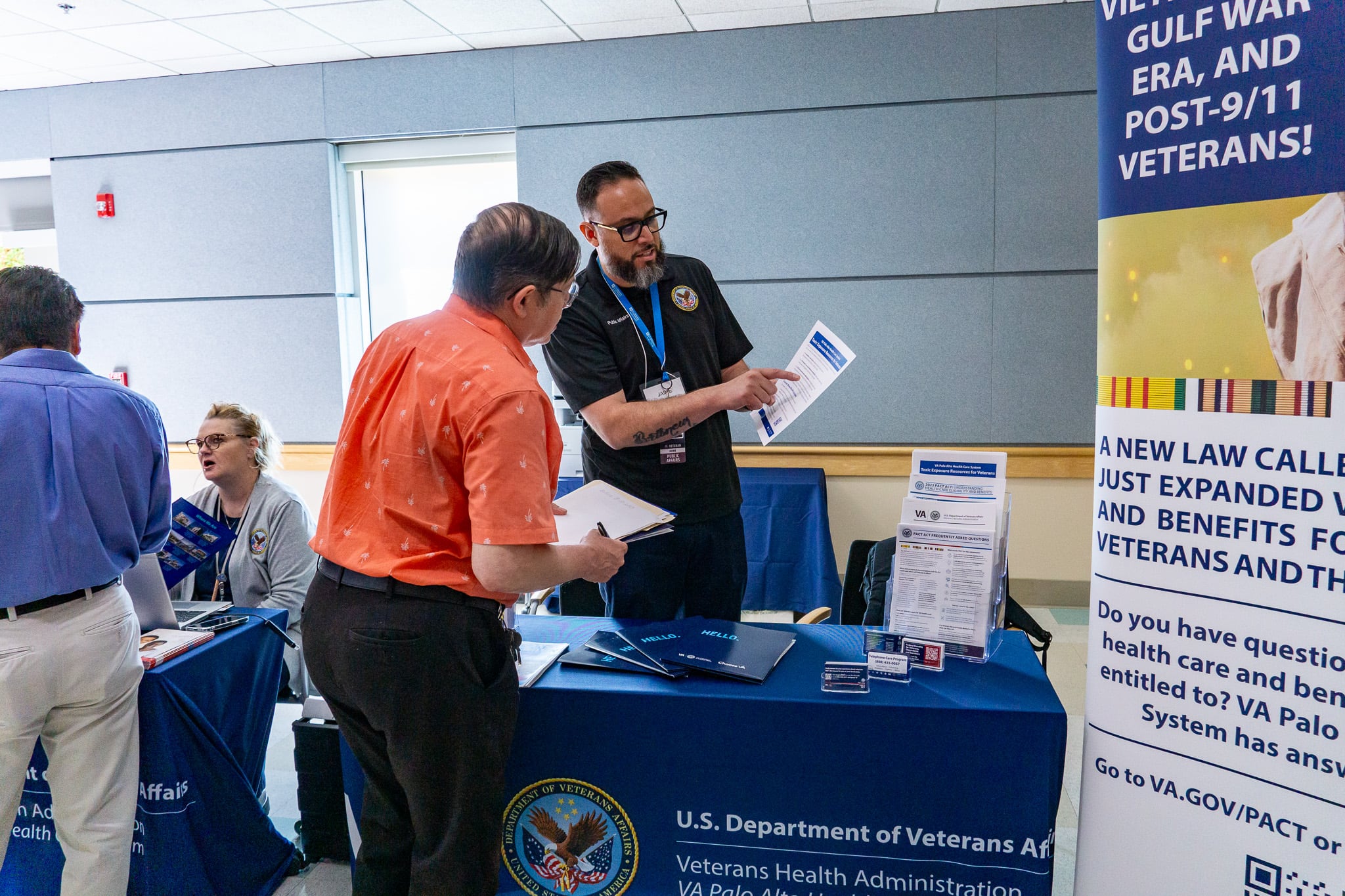Our Air Force is now the smallest it has been since before World War II. In terms of manpower, it is smaller than at any time since it was made into a separate and independent service in 1947. Since the end of the Cold War, force structure and inventories of air and space craft have been sacrificed to pay for readiness and military personnel bills.
In the summer of 1990 I was a brand new squadron commander at Seymour Johnson Air Force Base, N.C. I could never have imagined that during one of my initial staff meetings with my new wing commander boss, he briefed that we were going to war! During Operation Desert Shield, the Air Force had 188 fighter squadrons. Today, we have 54. In 1990, we had 511,000 active-duty airmen. Today, we have just over 317,000. We have 3,000 fewer aircraft and 4,000 fewer maintainers. As these numbers went down, the operations tempo went up.
During these past 26 years, I witnessed America's airmen as the first to deploy and take the point whenever and wherever our nation called. After major combat operations came to a close following the Iraq war, I watched our airmen remain in the fight for a decade-long no-fly-zone. I was proud to watch America's airmen take the fight to the bad guys in Somalia, Serbia, Kosovo, Libya and Afghanistan. Even today, I marvel as America's airmen rain down combat power against ISIS in the Middle East, while simultaneously remaining heavily engaged in Afghanistan. There may not be a lot of boots on the ground against ISIS, but as most American's go about their daily lives, there are hundreds of boots in the air protecting our freedoms.
In the midst of these heroic and dangerous efforts, the Air Force continued to shrink. The Air Force answered the persistent need for ISR by building a 35,000-person ISR enterprise over the past 10 years, while simultaneously cutting the Air Force by 50,000 people — essentially an 85,000-person cut to other critical Air Force mission areas.
It is now expected the Air Force will be short 700 fighter pilots by the end of 2016 and the number is expected to increase to a thousand in just a few years. Simultaneously the Air Force is 4,000 maintainers short. Lengthy deployments, long separations from family and reduced flying time have exacerbated the problem. Currently, pilots receive only half the flight time and operational exercises they would have received decades ago. This readiness issue is not acceptable and places our nation at increased risk.
With fewer assets, the Air Force has ridden each system harder than would otherwise be the case, producing tremendous wear and tear. Underinvestment has given us an aircraft fleet, ballistic missiles, and satellites that are all older than they have ever been.
To help, the Air Force has looked within its own budget to reduce costs where possible. One of the Air Force secretary's top initiatives, "Every Dollar Counts," has eliminated the expenditure of millions of dollars by removing layers from its command structures, combining staff offices, retiring old and costly-to-maintain aircraft, and creating a cost conscious culture throughout the service. However, even with that success, our nation's airmen have been run ragged, and many career fields are officially categorized as being "stressed."
The Air Force is currently on pace to achieve an active duty strength of 317,000; however, that is not sufficient. Recently, Air Secretary Deborah Lee James was quoted in an Air Force Times article as saying, "I am absolutely certain that we need somewhere on the order of 321,000 to 325,000 active-duty Airmen." This increase will provide valuable combat support such as maintainers to be able to sustain the latest, more combat capable additions to the Air Force inventory, saving money in the long run needed for other critical mission areas.

Air Force Association President Gen. Larry Spencer (ret.), the former vice chief of staff, says the association fully supports Secretary Deborah Lee James' push for more airmen.
Photo Credit: Air Force Association
Our competitors are not asleep. They are closing the gap in space, cyber, and in strategic deterrence. They are fielding advanced air defenses & their own advanced aircraft. The Air Force is asking for an end strength of 325,000 airmen, an increase of 8,000. That's just a 2.5% increase. Is that too much to ask to maintain the most feared Air Force on the Planet? The Air Force would like more as this modest increase still leaves America with the smallest Air Force on record since before World War II. But, it is a step in the right direction in an uncertain world, and as missions increase and more threats materialize.
The Air Force Association supports this request. Air Force effectiveness depends first and foremost on the readiness and dedication of these airmen. In the midst of the difficult budgetary environment in which we find ourselves, the Air Force remains committed to providing air dominance second to none. That is only possible with well-trained and ready personnel. Now is the time to increase Air Force manning before it is too late. It is what our airmen, their families and our nation expect and deserve.
Gen. Larry O. Spencer (ret.) is president of the Air Force Association. The oinions expressed do not necessarily reflect the views of Air Force Times editorial staff.





